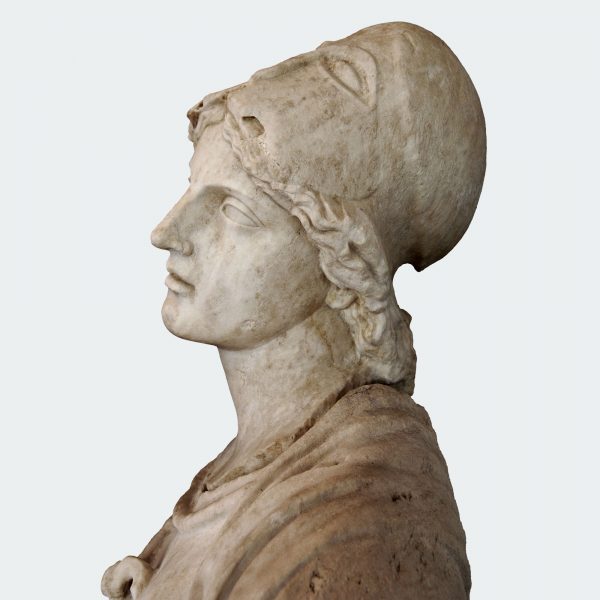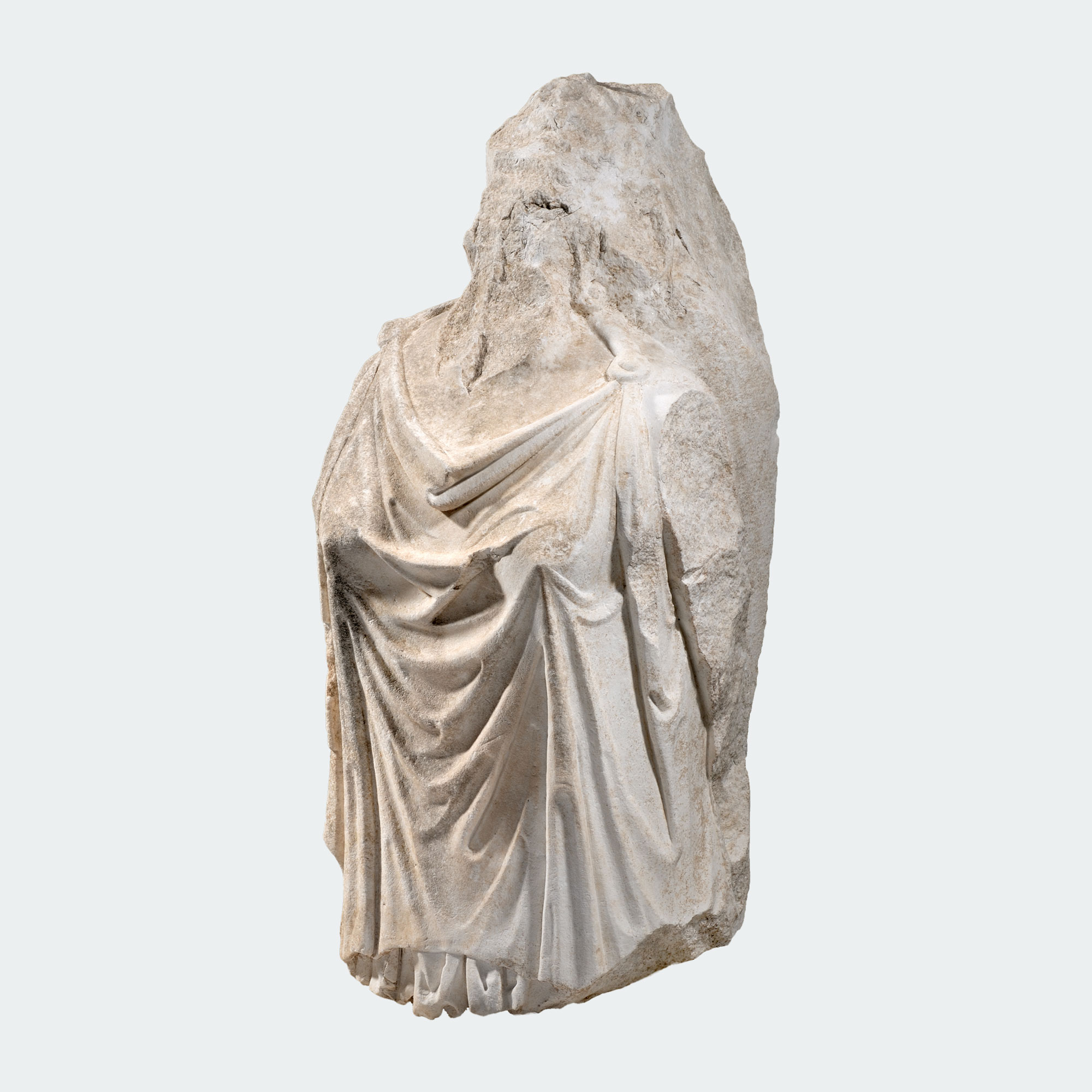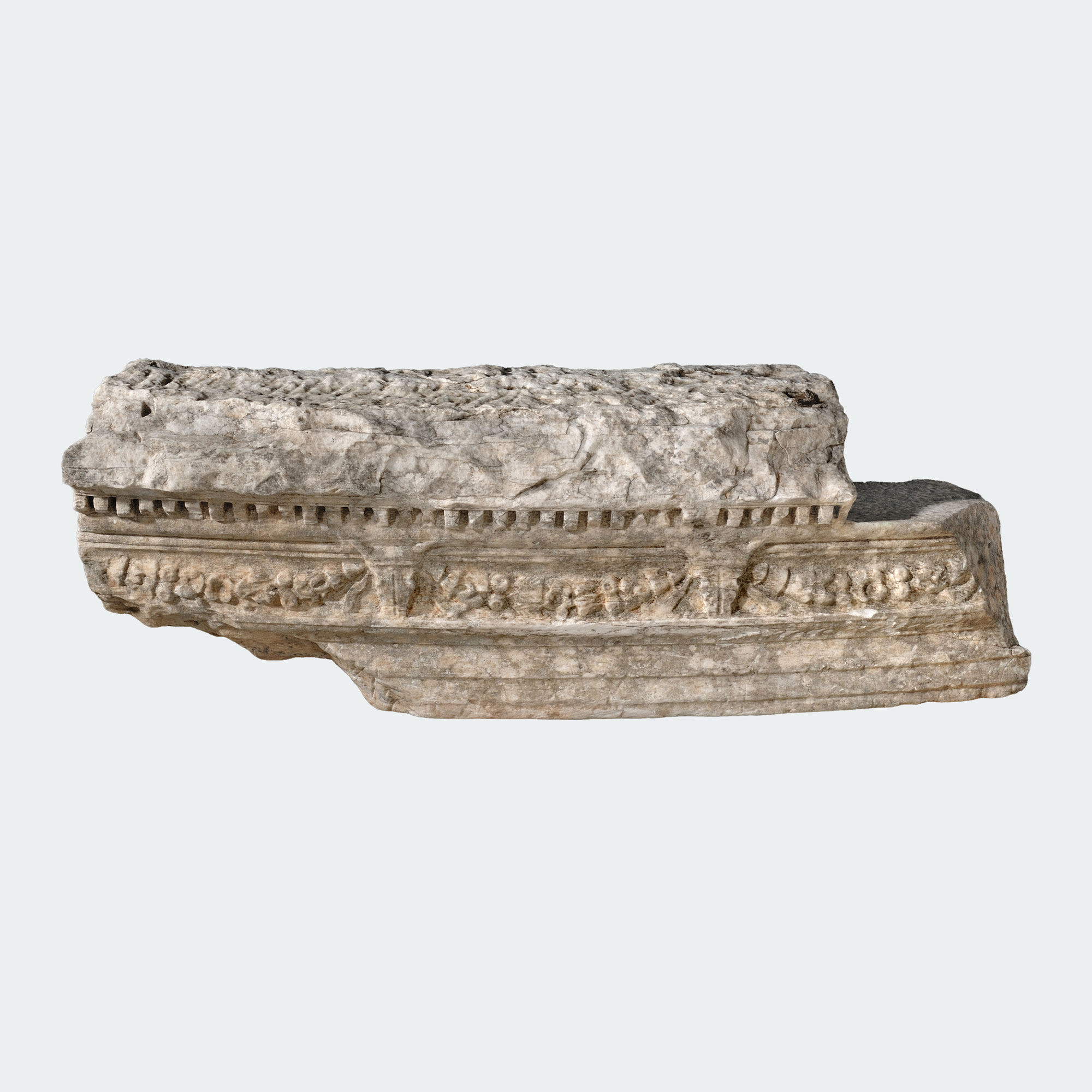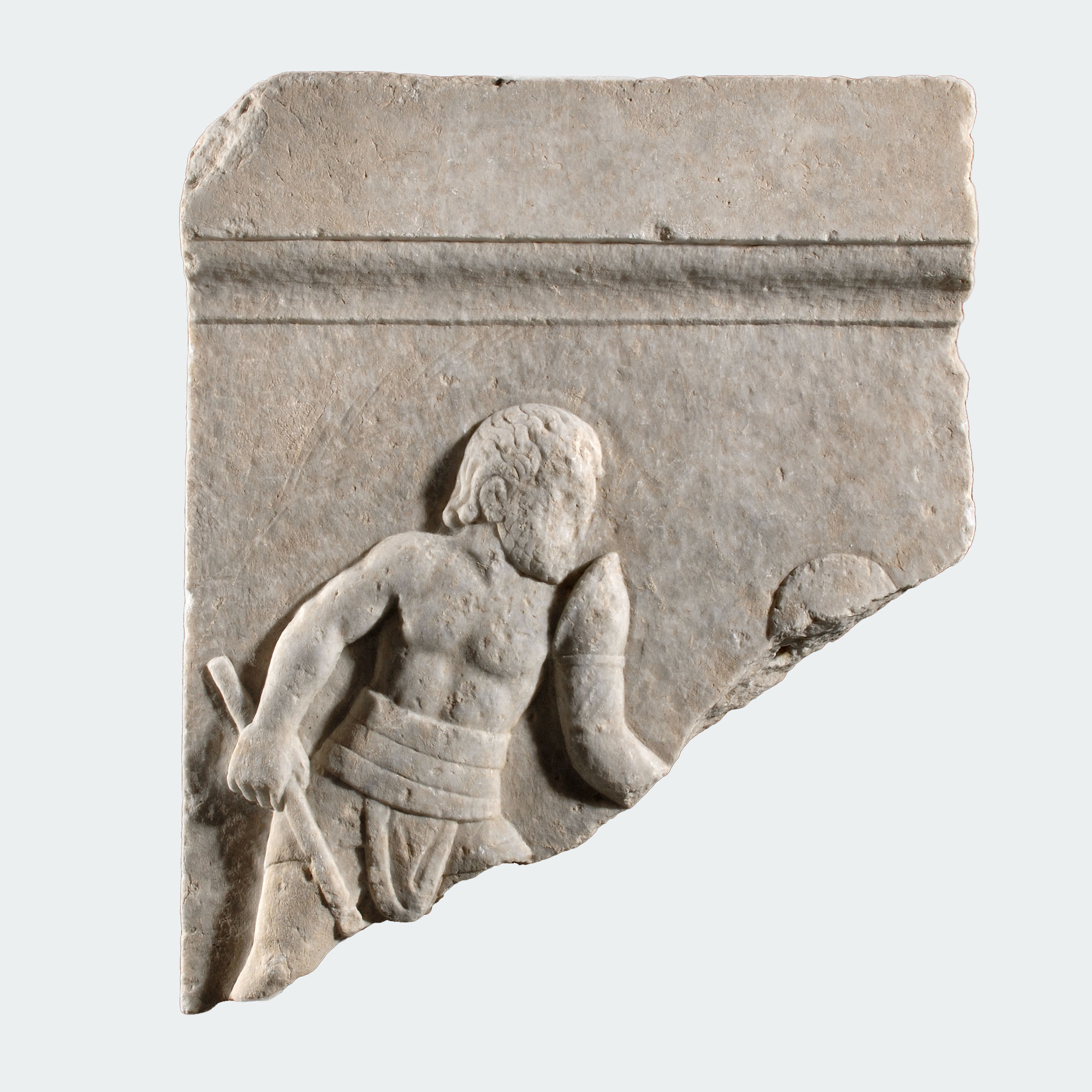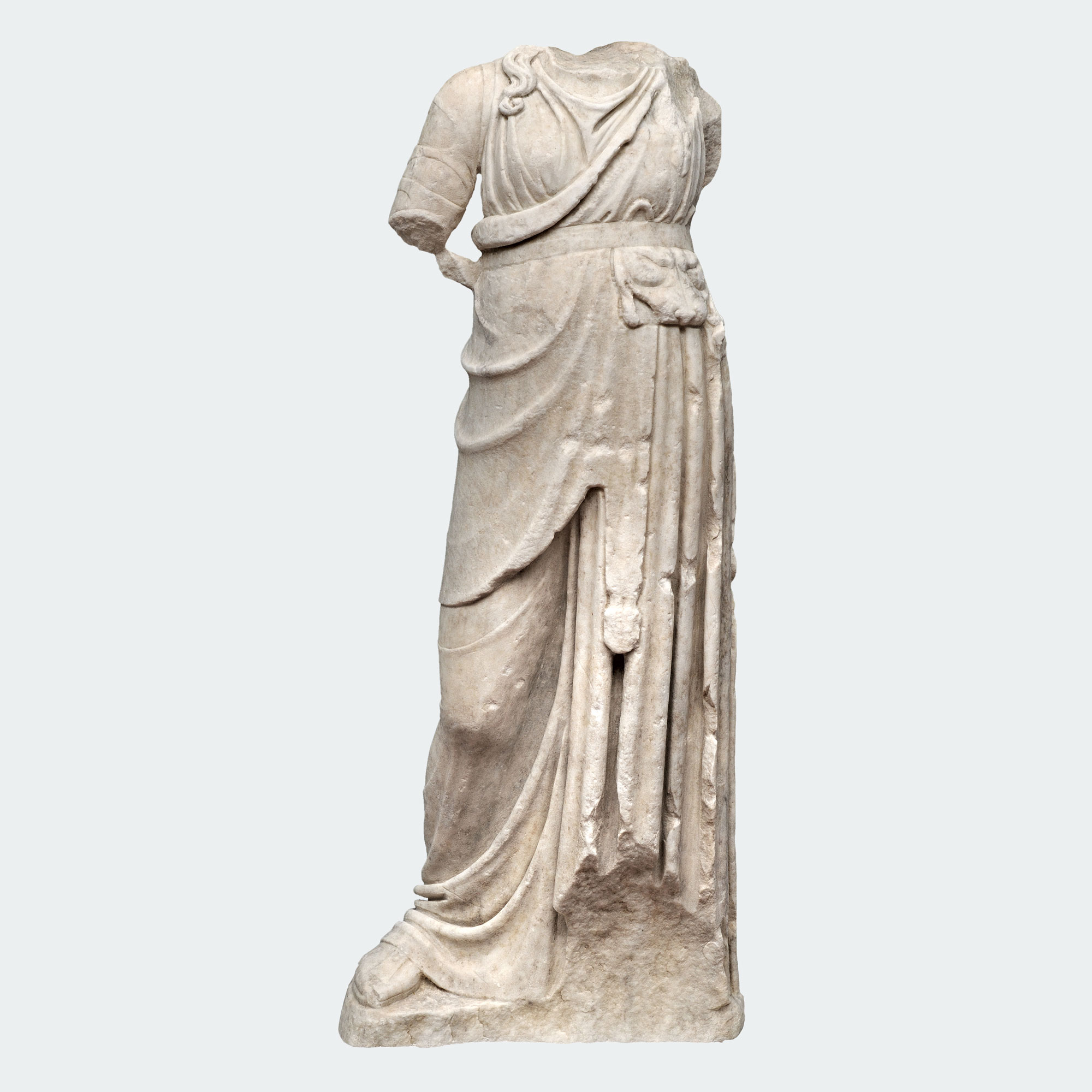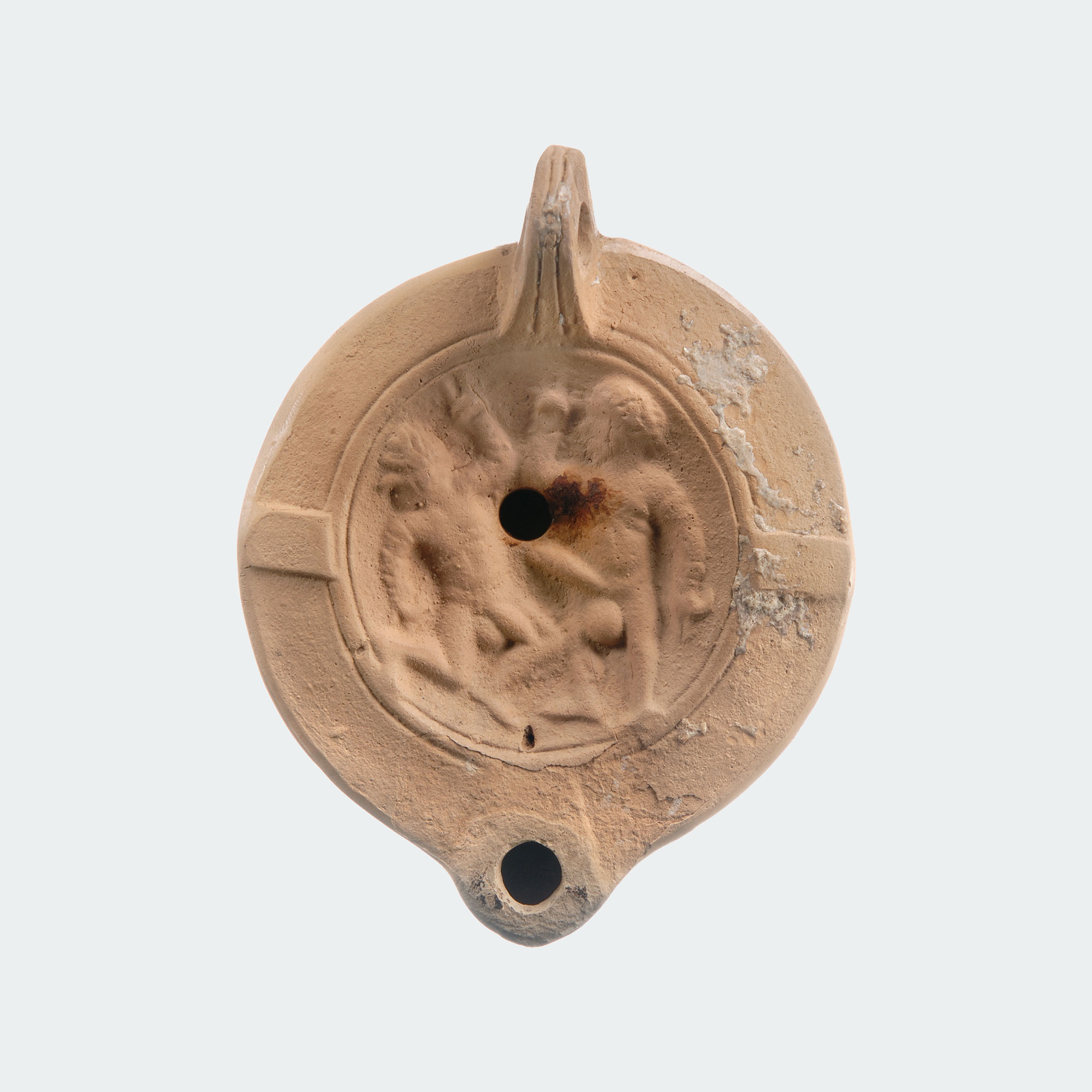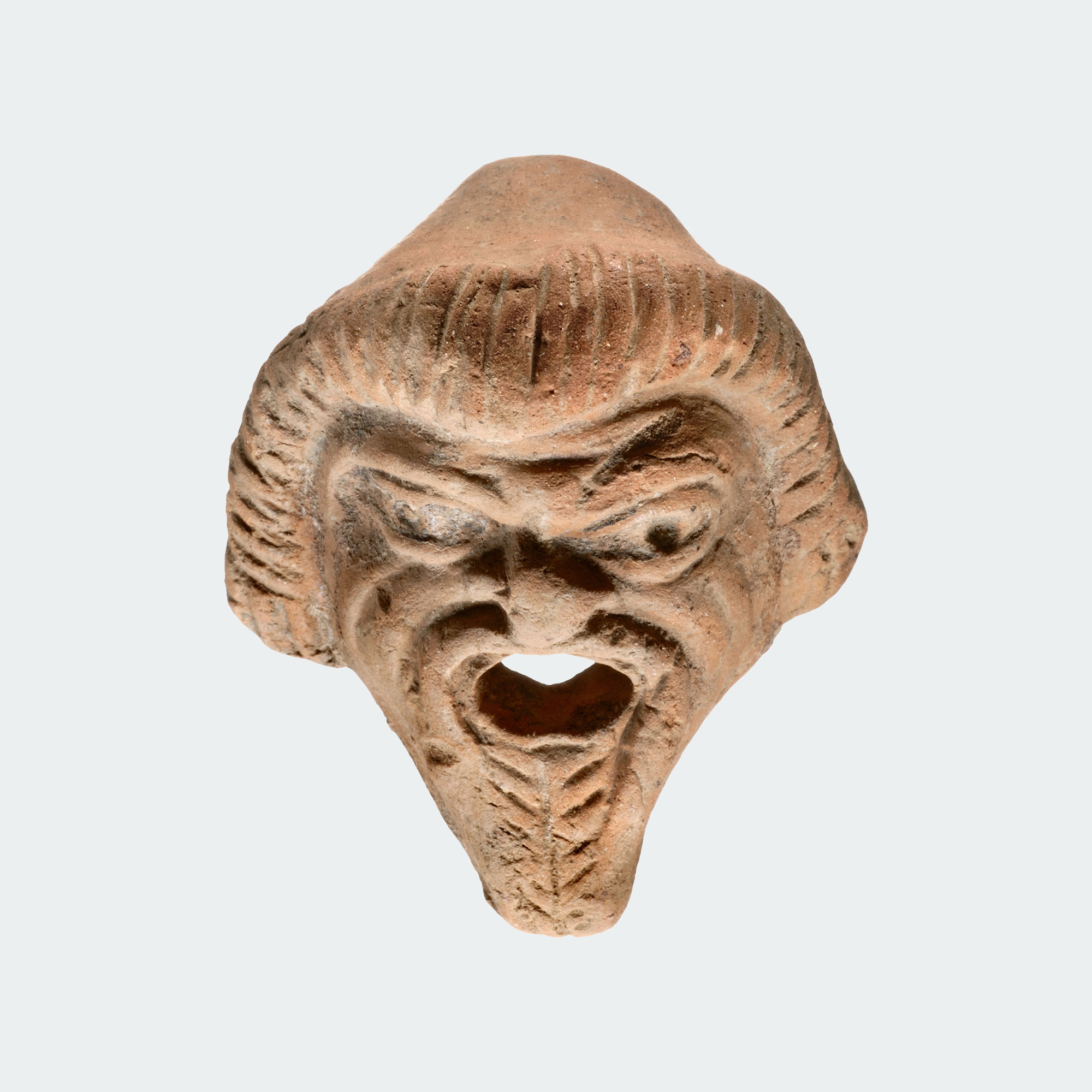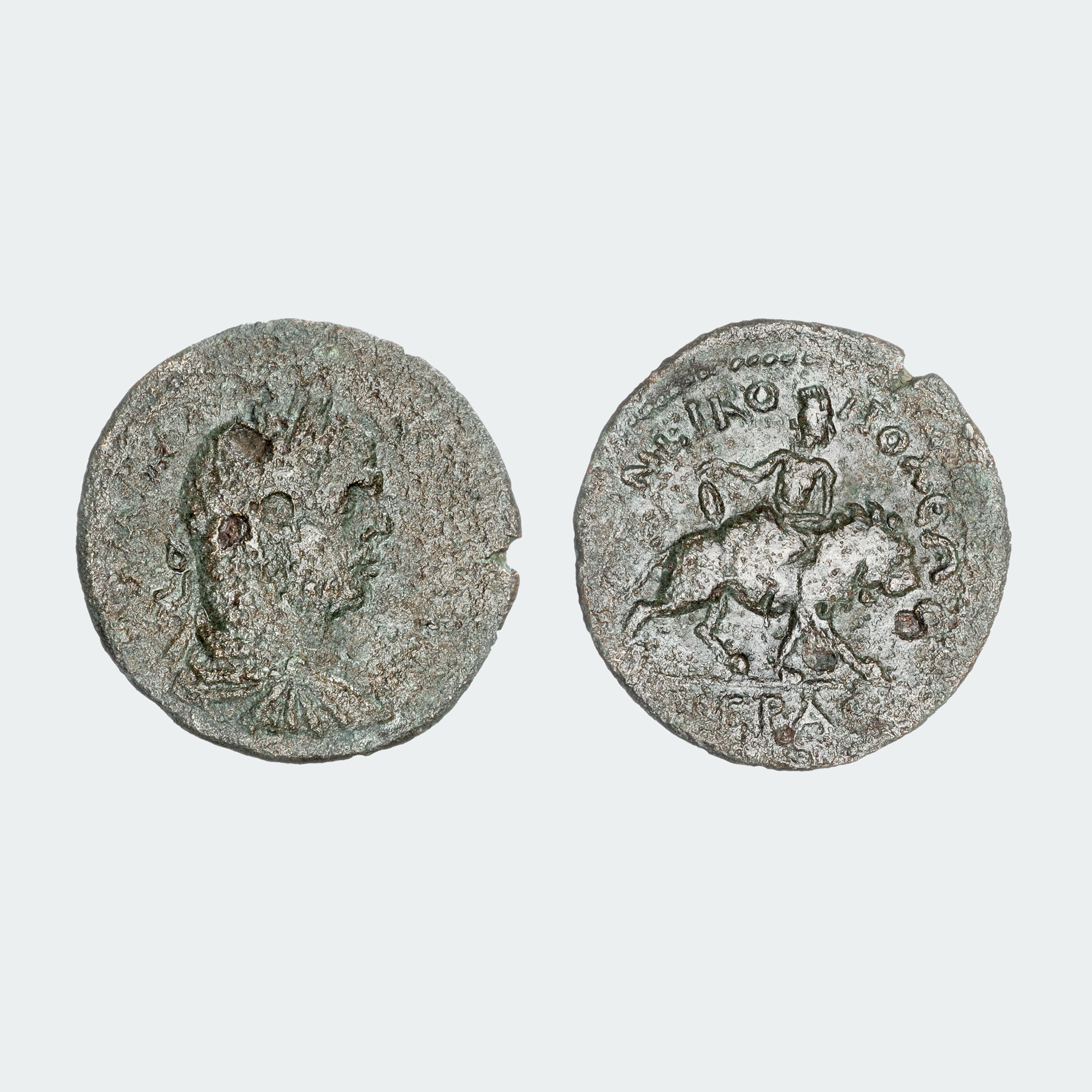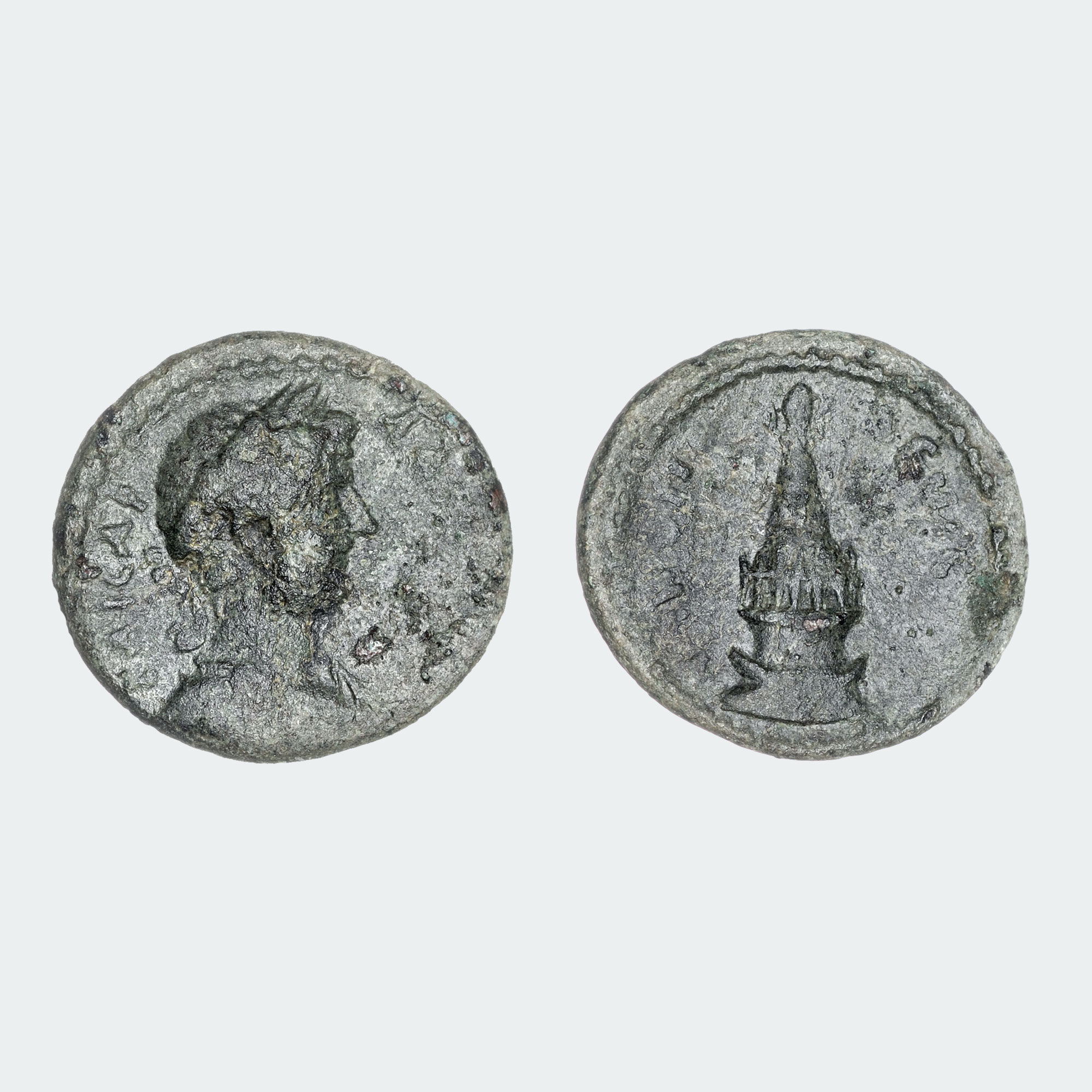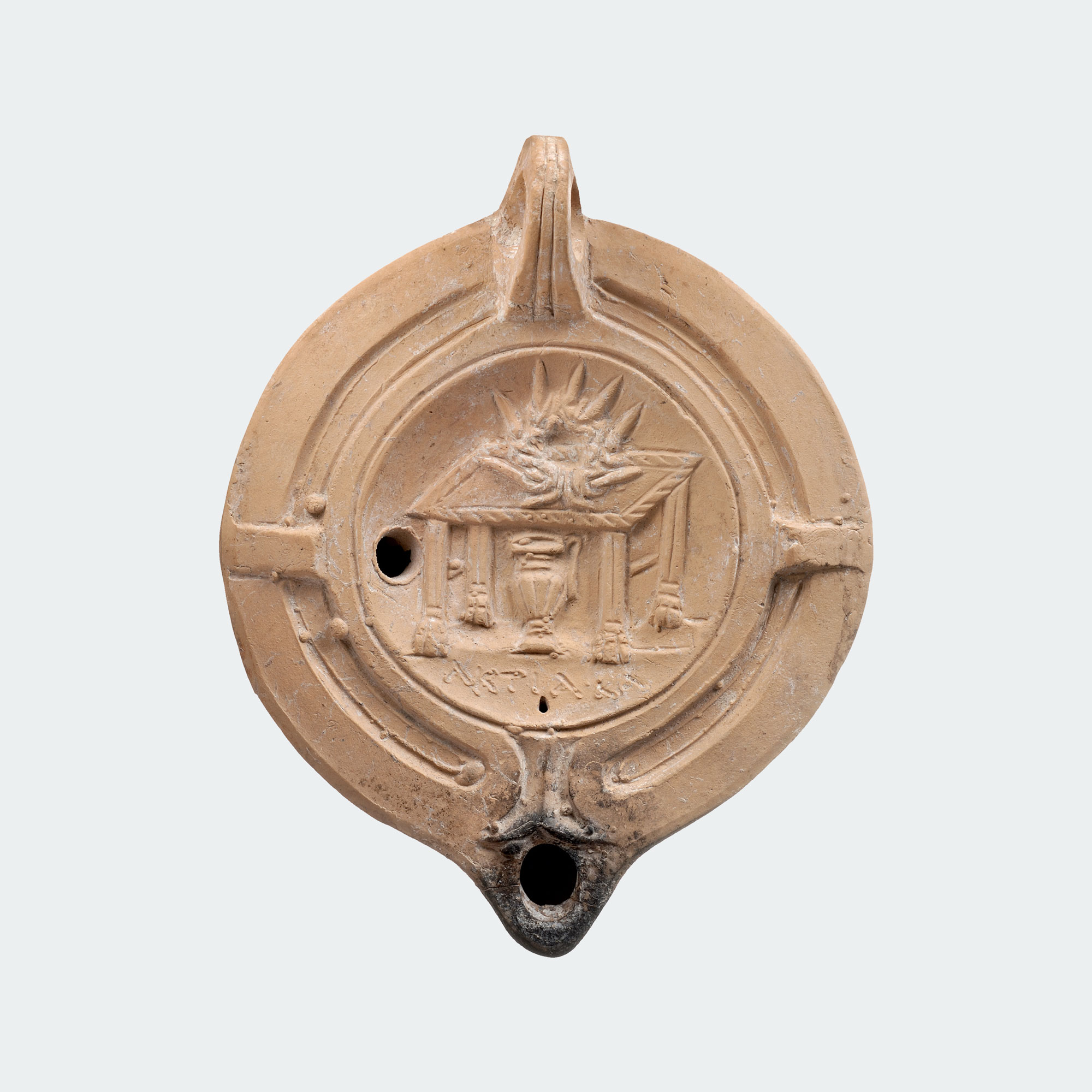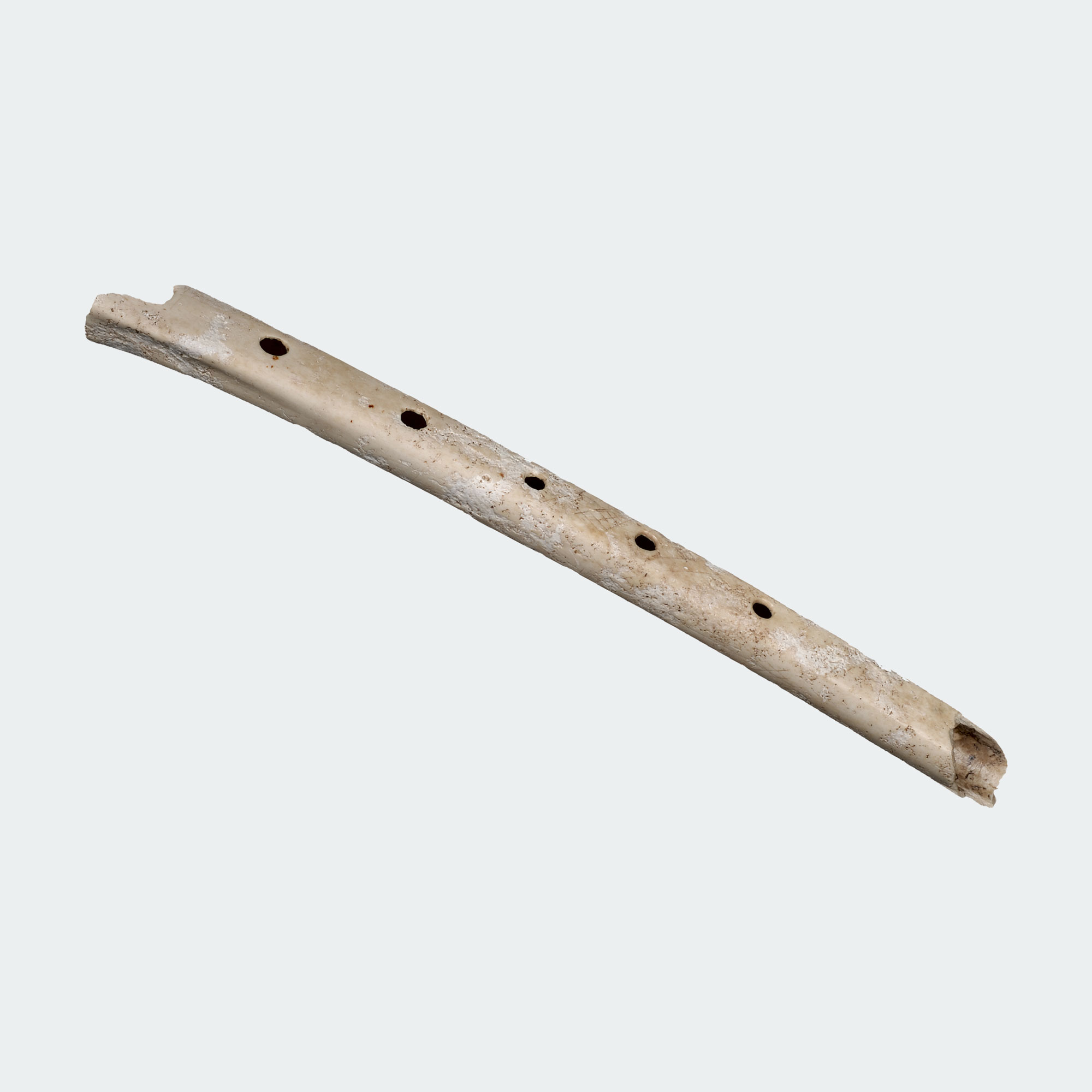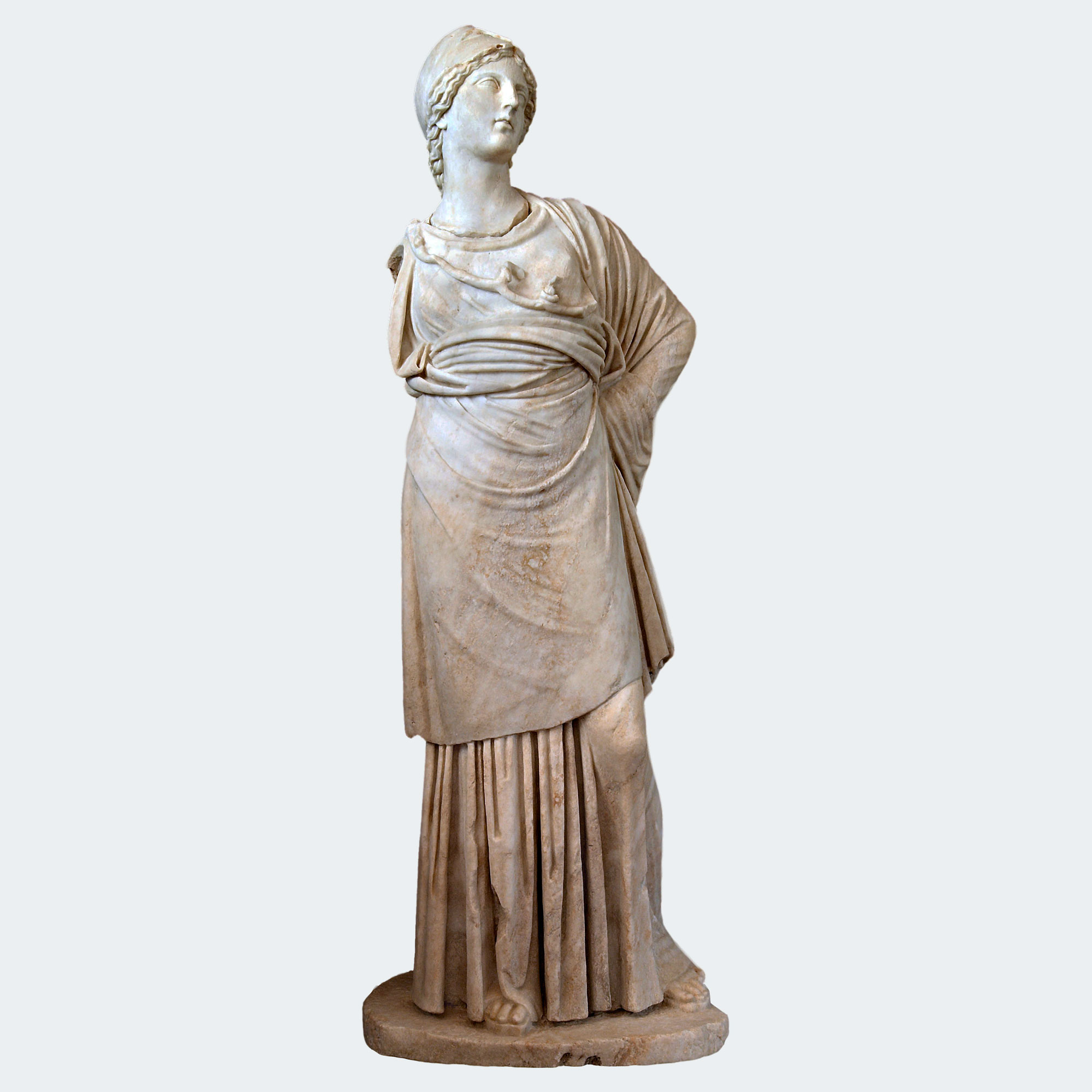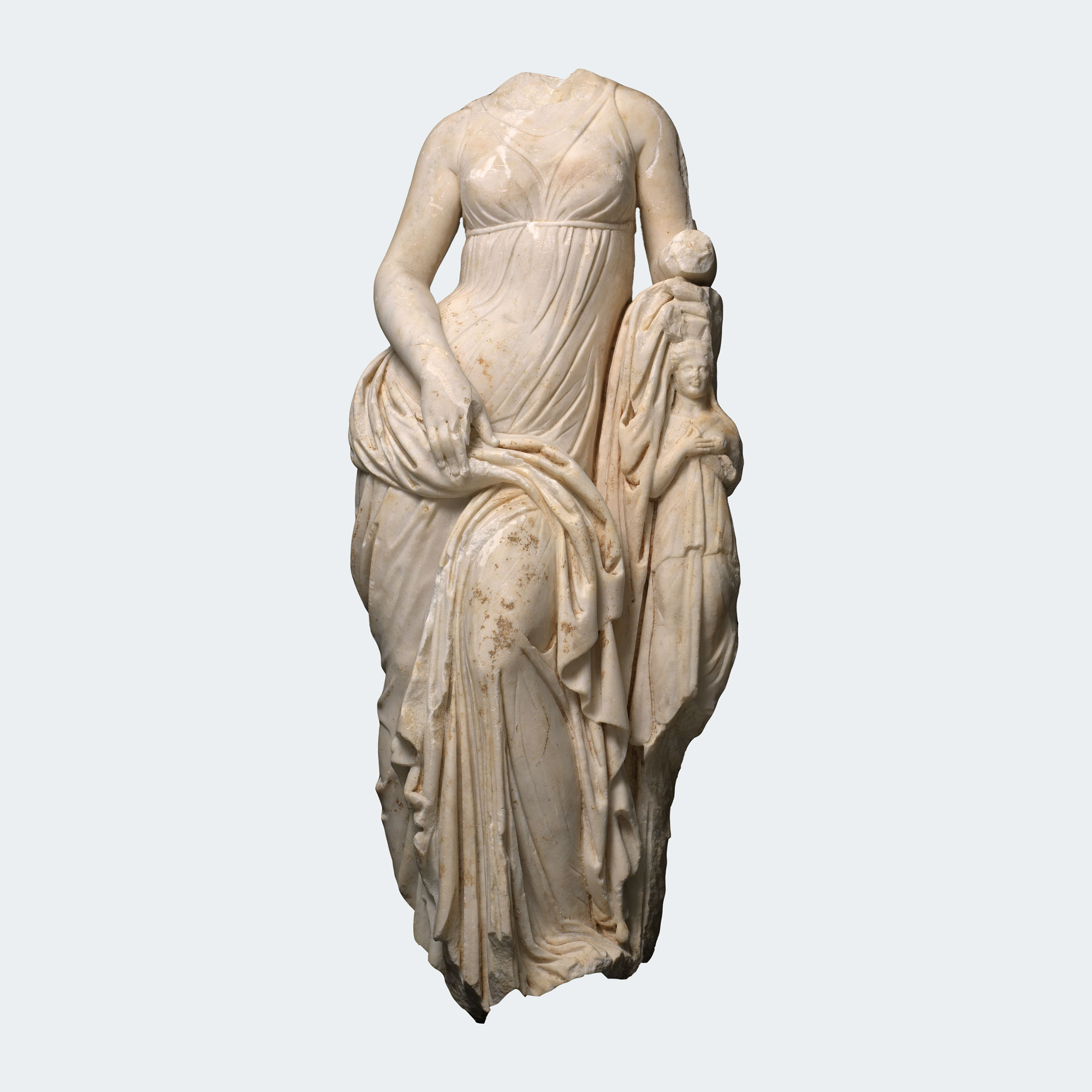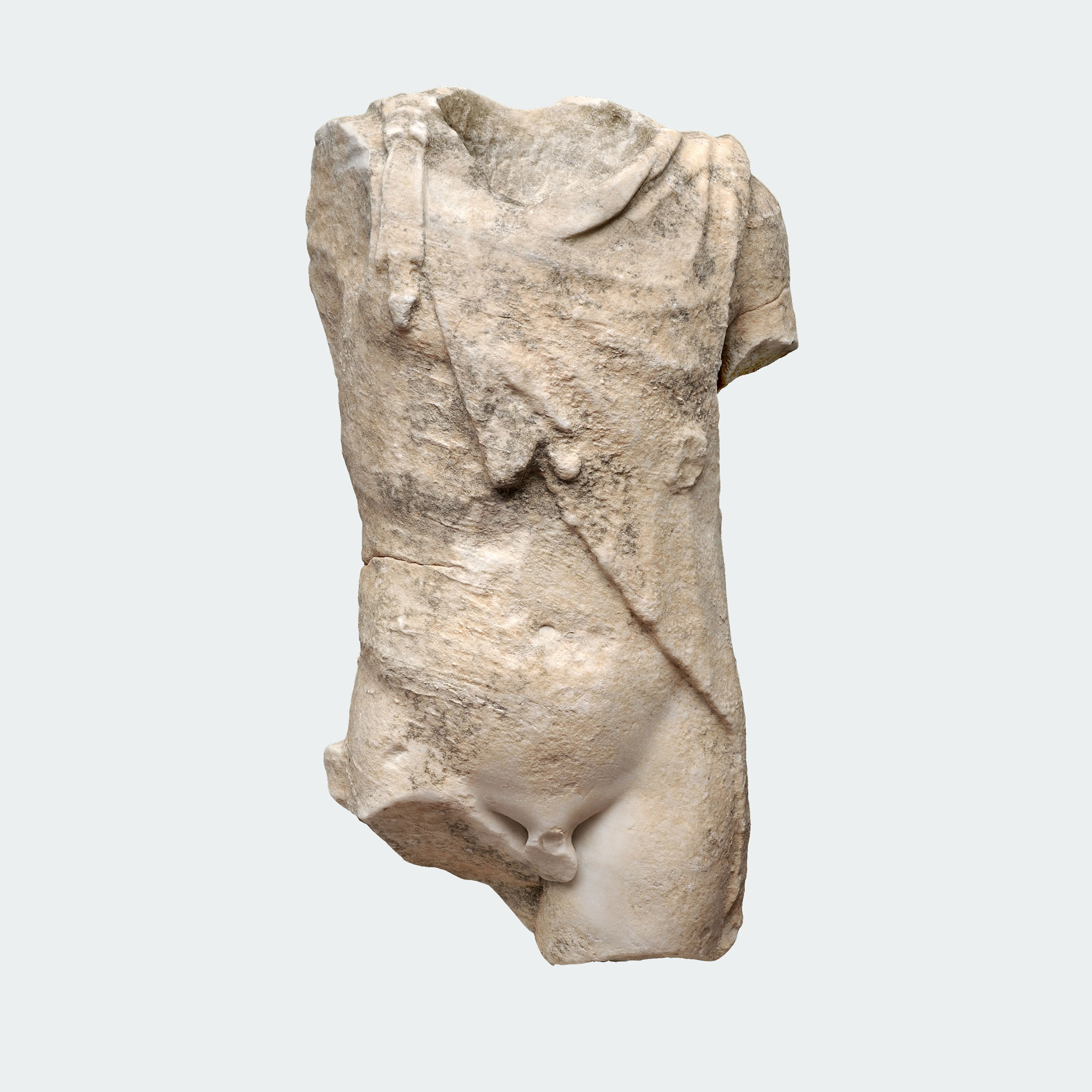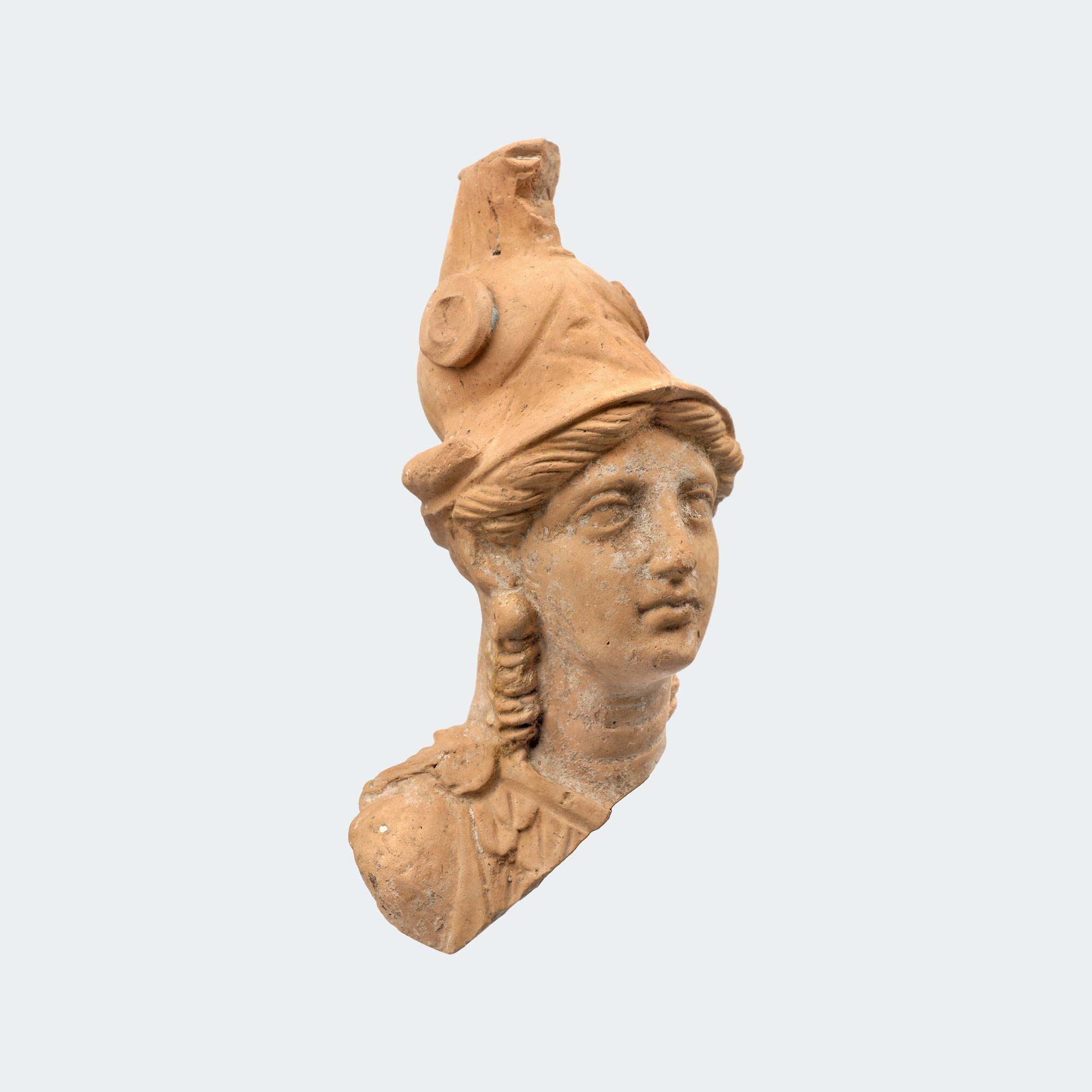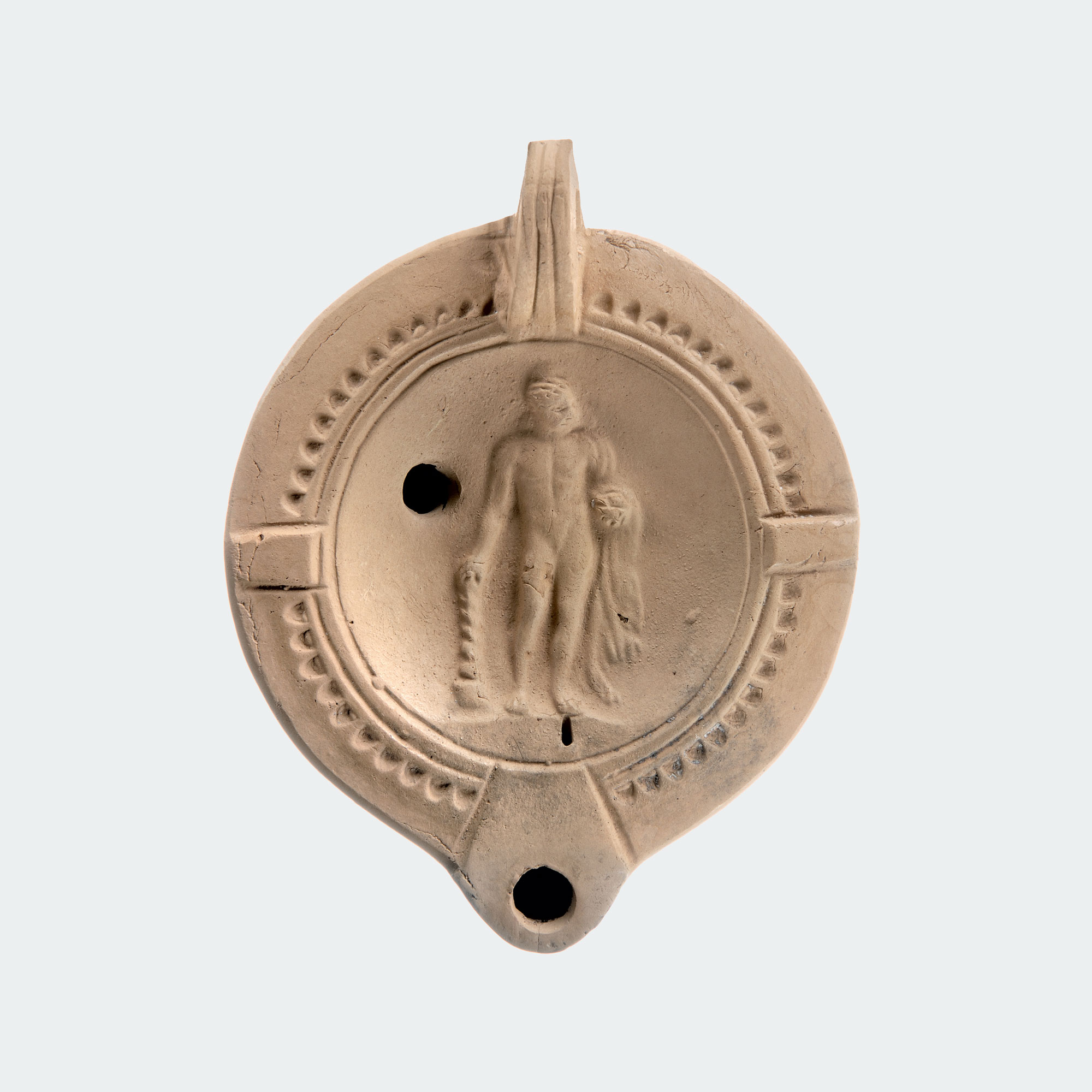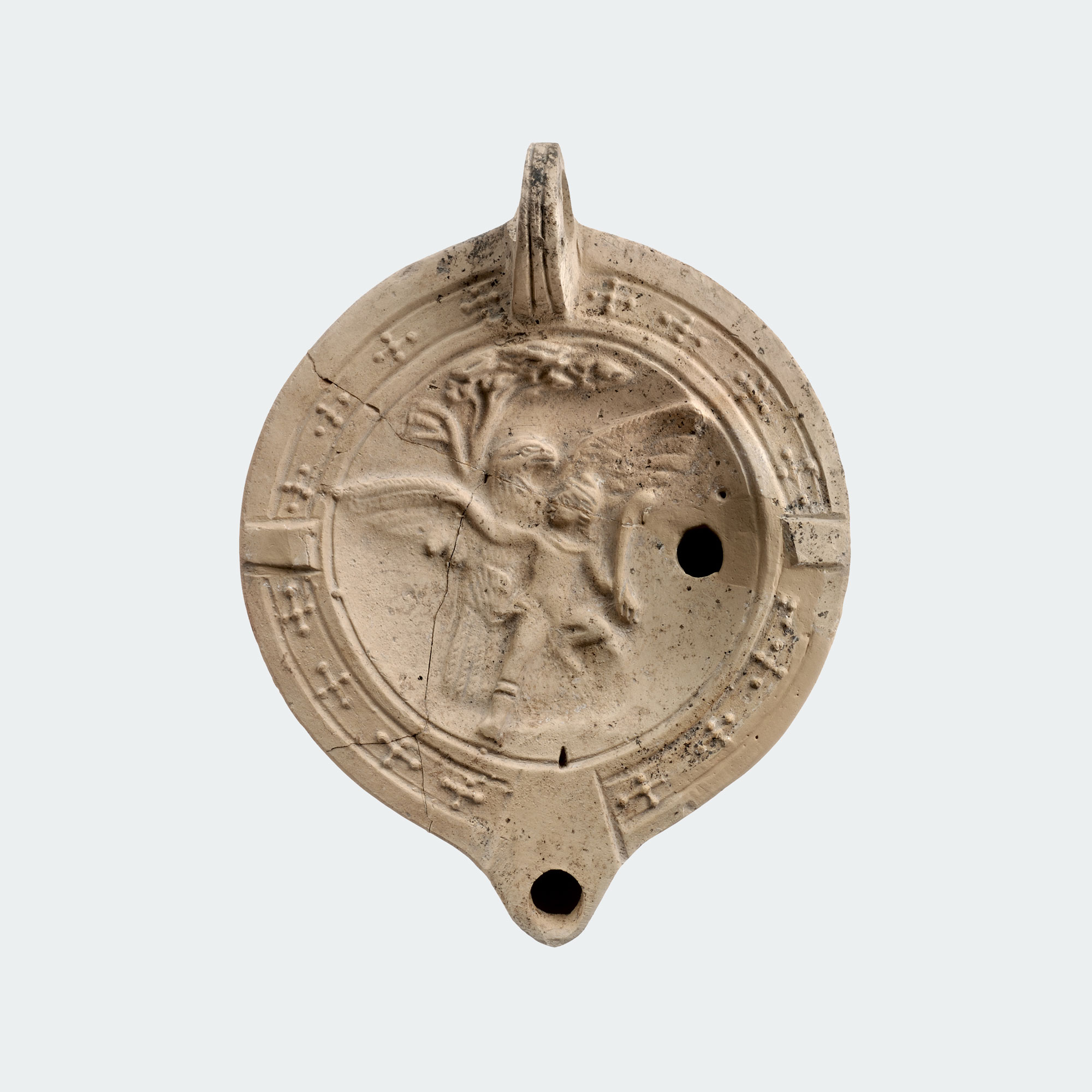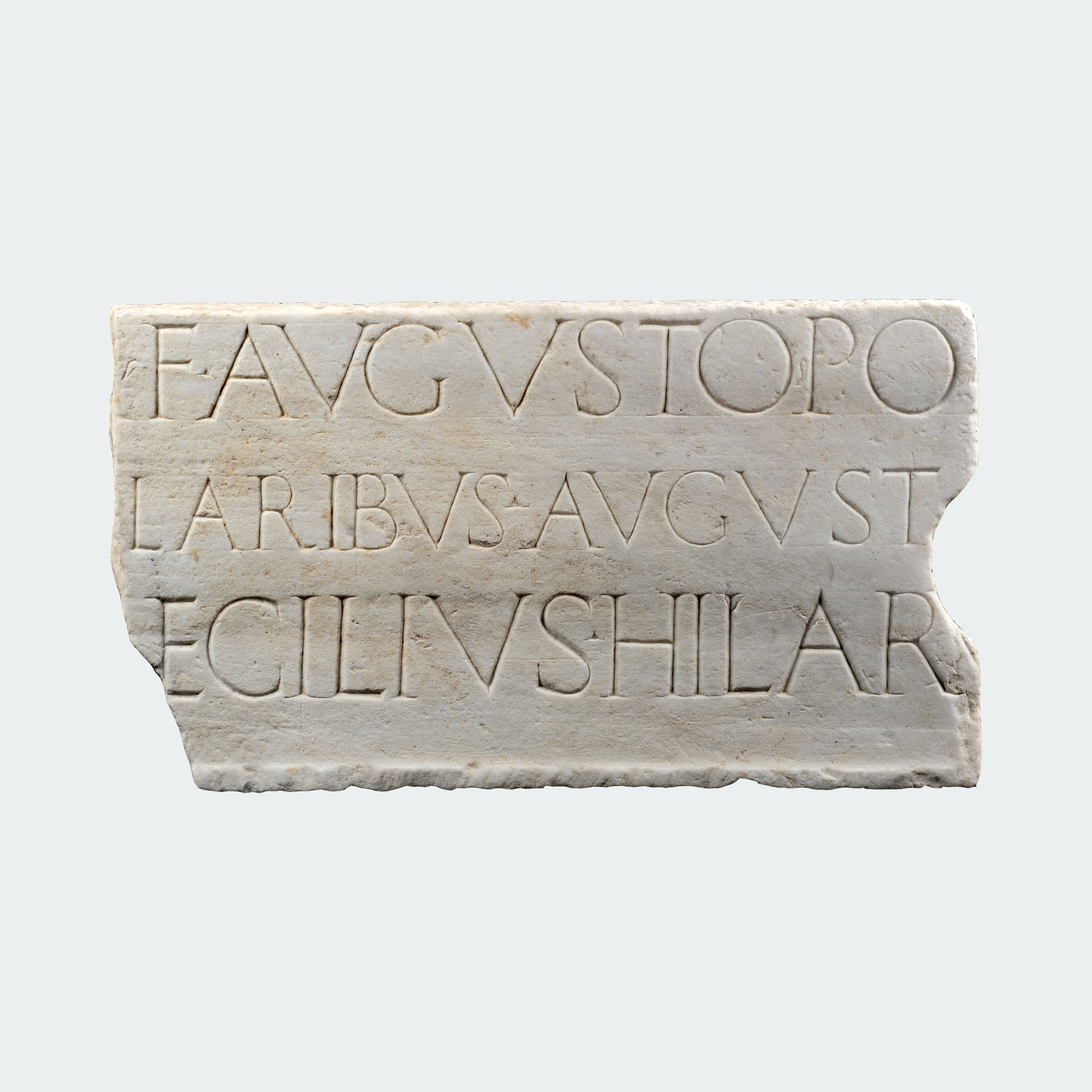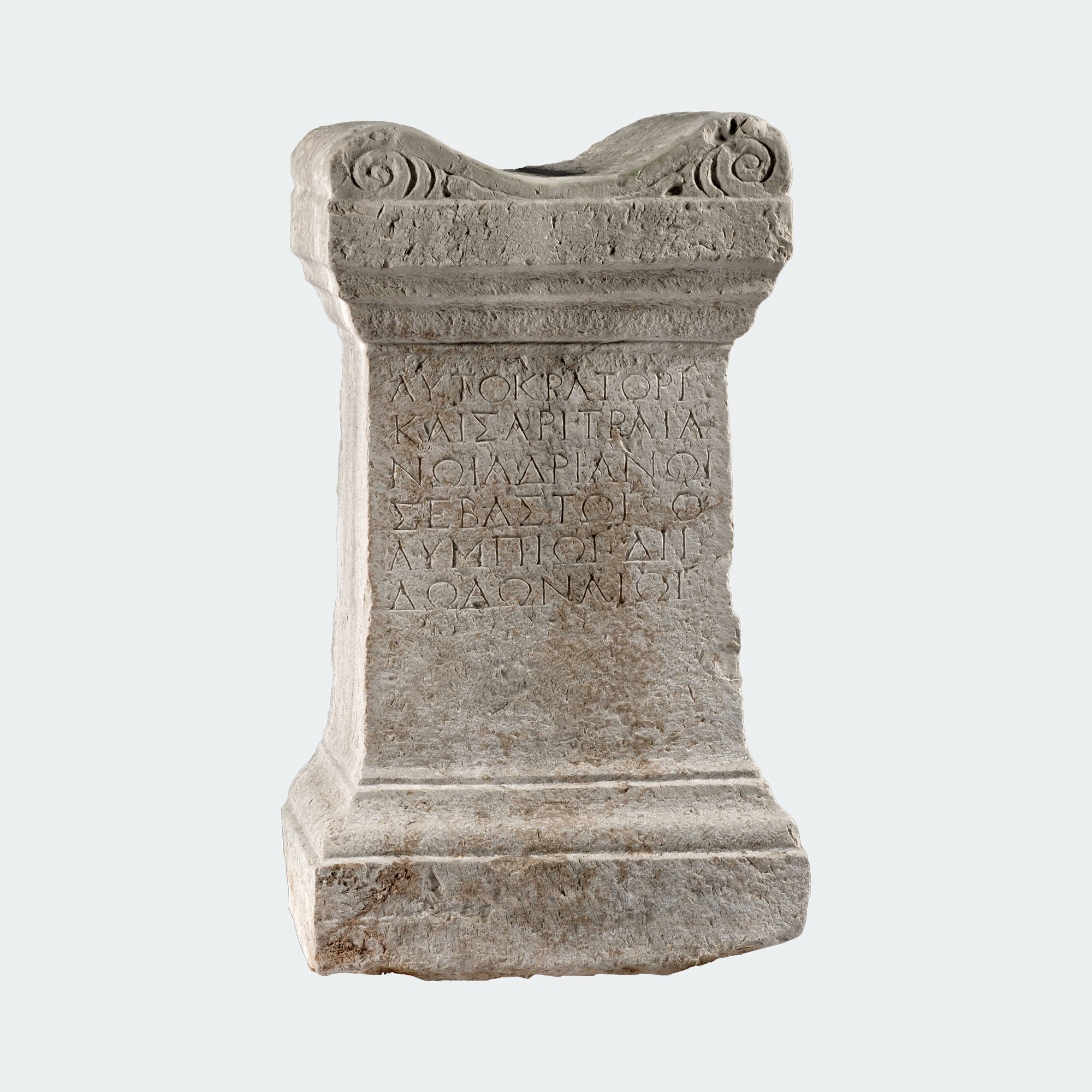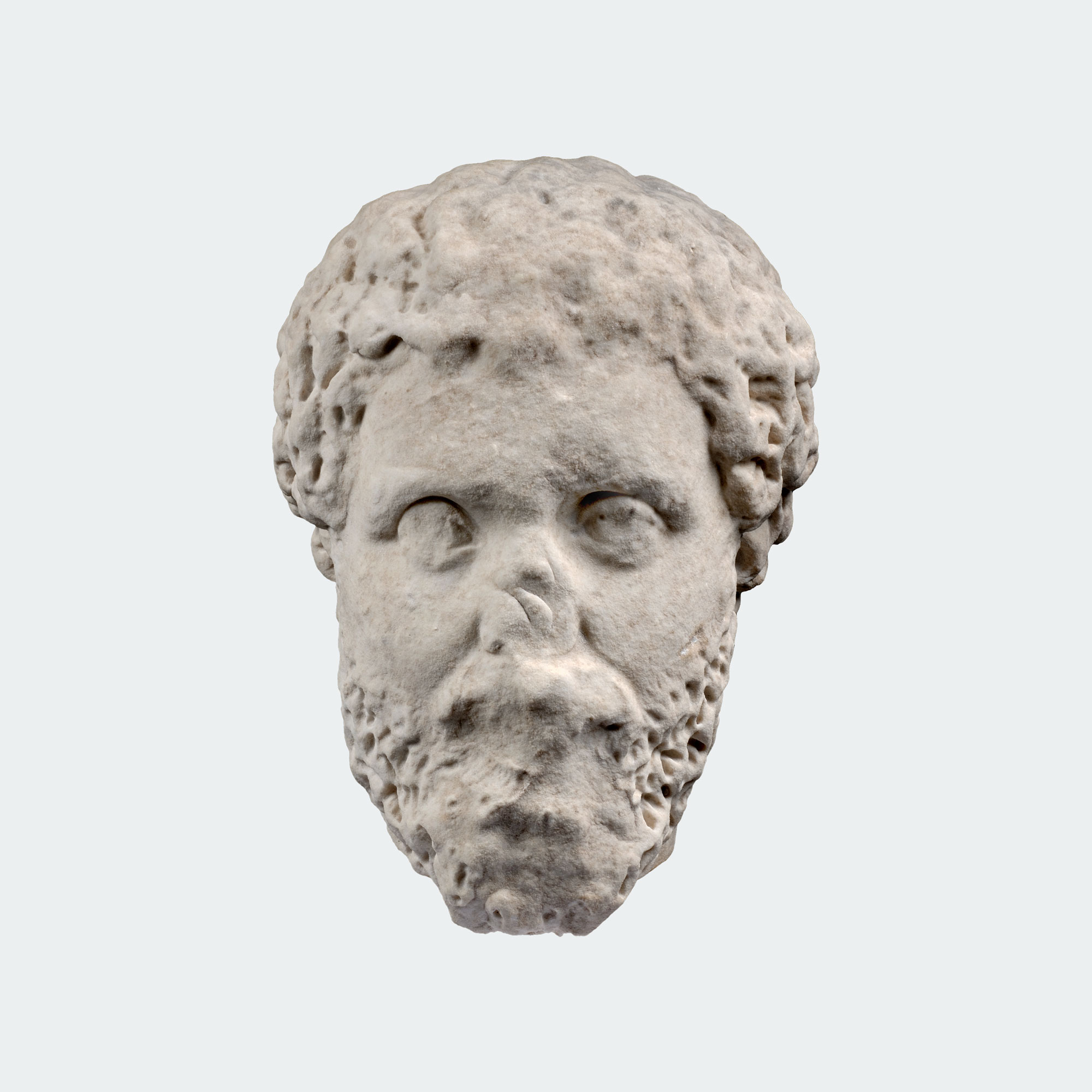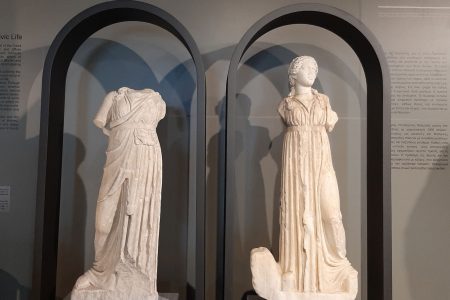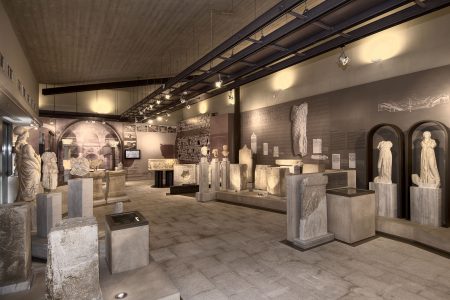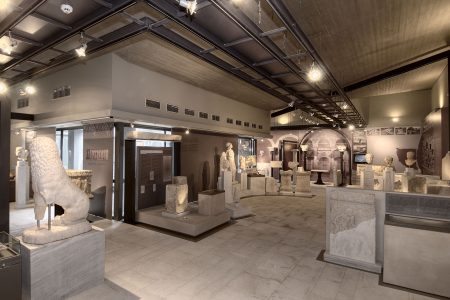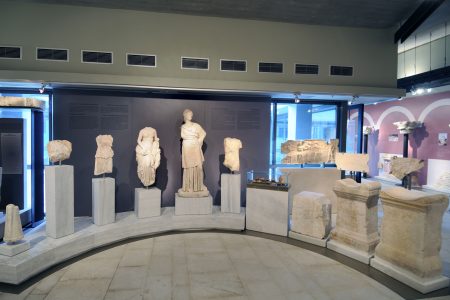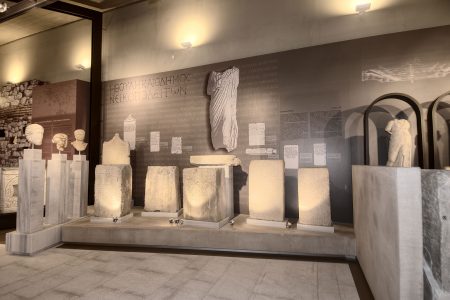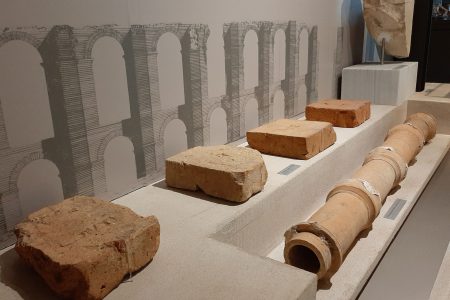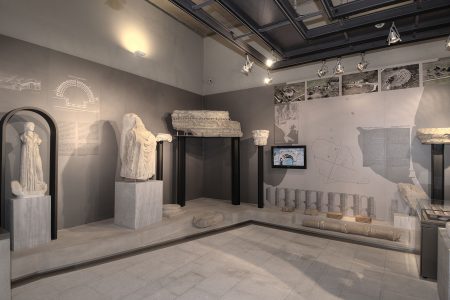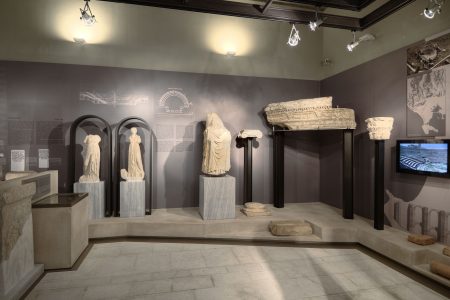
A Roman City
This section provides an overview of the key facets of public life in Roman Nicopolis. A topographic map dissects the city’s urban layout and the functioning of its aqueduct, a remarkable feat of Roman hydraulic engineering.
Architectural fragments and sculptures sourced from the embellishments of public structures like the Theater and the Odeum elucidate the urban essence of Nicopolis and underscore the role that performances played in the lives of its residents.
In the suburban areas, sports and entertainment venues such as the gymnasium, stadium, and theater hosted the Actian Games, dedicated to Apollo.
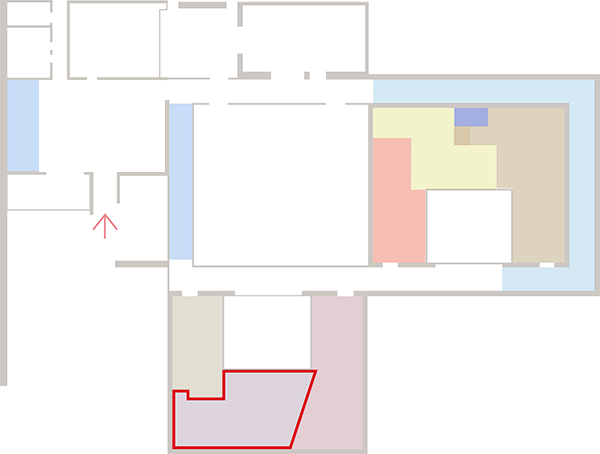

Special attention is directed toward the city’s mint, established to meet the daily local requirements, while official Roman currency was used for state transactions and trade.
A representative collection of bronze coins with Greek inscriptions is displayed. On one side, they feature the emperor, a reminder of Roman authority, while the reverse side showcases diverse themes of local origin that reflect the city’s prosperity.
Marble statues of gods and their representations on relief plaques and oil lamps attest to the veneration of the twelve Greek deities, with dominant figures including Apollo, Athena, and Aphrodite. Simultaneously, inscriptions on altars and columns unveil the imperial cult.
Public inscriptions etched onto stone columns reveal that Nicopolis adhered to the Greek model of political organization, with a Parliament and Municipality overseeing public administration. However, their jurisdiction primarily extended to minor matters, as significant issues were determined by the emperor.
